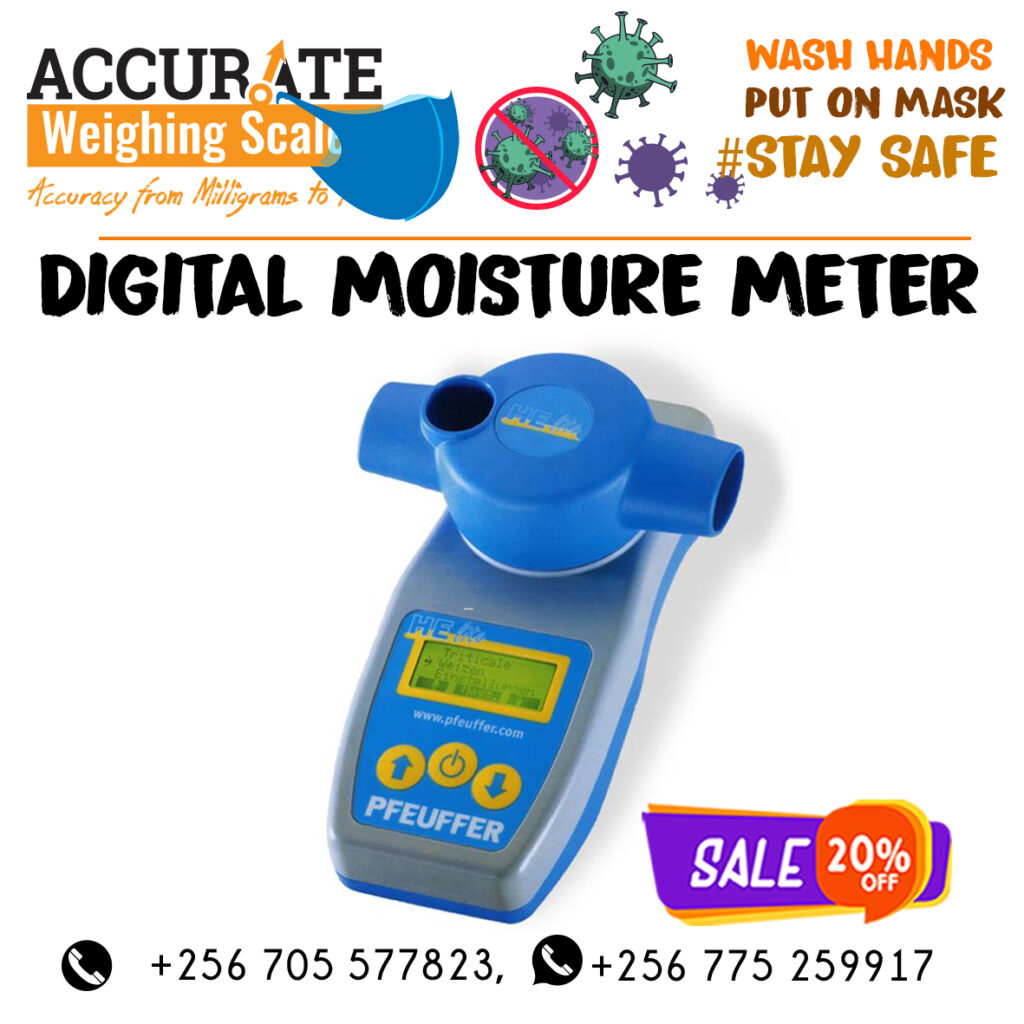How Do I Check The Calibration Of My Grainspear?
The best way is to send it back to the Sinar Technology Service Centre where we have all the correct equipment and calibration standards to check and adjust the instrument across it’s entire range of functionality.
How Do I Monitor On-floor Drying, Or In-bin Storage, With A Meter?
It’s very important to monitor on-floor drying, or in-bin storage, regularly. If you’re using a meter, rather than a Grainspear, samples must be collected and tested using a sampling probe. This will ensure that samples are taken from the commodity at various, pre-determined levels and not just randomly up and down the heap.
The horizontal position of each sample should be noted along with the results to ensure that drying is progressing both vertically and horizontally. This process means taking a lot of samples and testing, but it’s essential to ensure correct drying and to detect problems, like blocked ducts or fungus growth, at an early stage. Talk to our sales department for your sampling probe requirements.
How Do I Know If My Meter Is Giving Correct Results?
Meters that are regularly calibrated by us should give reliable results. Getting an unexpected claim does not always mean that your meter is wrong but is an indication that something may be wrong. A good way of ensuring that your meter is correct is to purchase known calibration standards from us (part No 1900-6352), and check your meter against them regularly throughout the harvest.
At the first sign that your meter is incorrect contact the Sinar Technology Service Centre and we will help you solve the problem.
Checking your meter against another meter of different manufacture and unknown accuracy is not recommended as this can give misleading & confusing results.
Buyers Guide
If I Have A Grainspear, Why Do I Need A Conventional Meter As Well?
GrainSpears are very good at obtaining rapid measurements of commodity moisture and temperature of on-floor drying and in-bin storage, which will provide indication of drying progression and/or storage problems.
A conventional meter will provide a more accurate measure of commodity moisture content for the purposes of buying & selling and is the one that will be used by your grain merchant. The AP 6060 will also give you a very good guide as to Kg/hl (bushel weight) as well.
How Do You, The Manufacturer, Calibrate Meters?
By this do you mean how do we set the initial calibration for a commodity or how do we calibrate an instrument when it’s back for service or repair?
If it’s the former, then over the last 20 years or so, each harvest we’ve collected samples of all the commodities we measure with our meters and oven tested them. The results of these tests are then used to adjust the programming within the meters to make the results you get more robust with time.
If it’s the latter, then firstly we calibrate the hardware to ensure that the mechanics and the electronics are performing to their specifications. Then we check that the moisture results are within specification against a range of known calibration standards. Finally we put each instrument through a final check procedure with a different set of oven tested, calibration standards to confirm the calibration.
Which Is Best, A Conventional Meter Or A Grainspear?
That’s an impossible question to answer as they are designed to be used differently. You should choose the one that is best for the situation you have. Many organizations have more than one type to suit different applications.
A spear is more commonly used for on-floor drying and in-bin storage. For use in the drying shed, in-field or for loading-in/out grain a traditional design is preferable. However there are no hard and fast rules about which one should be used where, usage and budget will determine which one you require. Call our sales team to discuss your particular situation.

